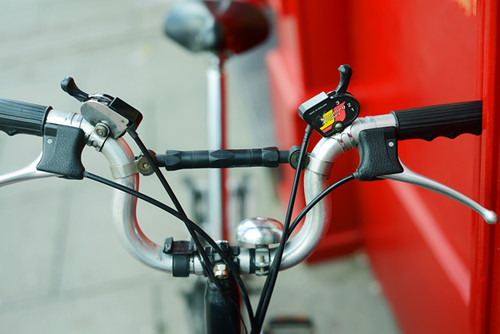billyk
Guru
"if you want to increase a Quest's performance, stiffening the energy-sucking handlebar-on-a-stick arrangement is where the biggest benefit lies" (Rich in the tea-leaves-II thread on 5/4/14)
I've seen several comments in these forums like the one quoted above, suggesting that some fraction of the work done by pulling alternately on the Quest handlebars loses energy by bending/twisting the steering column.
Since I put a fairing on my Q2, that has become very obvious. (See my post with photos "New homemade fairing for Quest" from 5 Jan 2014 http://cruzbike.com/new-homemade-fairing-quest). The fairing is firmly attached at 3 points: to the handlebars near the grips, and by a rod extending out along the top tube between the pedals (see photos). It also has a flexible vertical rod for adjusting the height above the bottom bracket (orange in the photos). When climbing or accelerating hard, that vertical rod bends back and forth quite a bit (say at least an inch either way at the top), representing relative movement between the handlebar grips and the BB. But those should be a rigid single unit, and any motion between them means effort is going into bending or twisting metal.
But where is the weak point allowing this? And more importantly, what can be done about it? Obviously this occurs at the worst time: when you're climbing and trying to direct maximum effort to the wheels. Is it actually bending the handlebars, or is it twisting the steering column, or bending the top tube? Is there an alternate handlebar arrangement that would reduce the bending/twisting?






